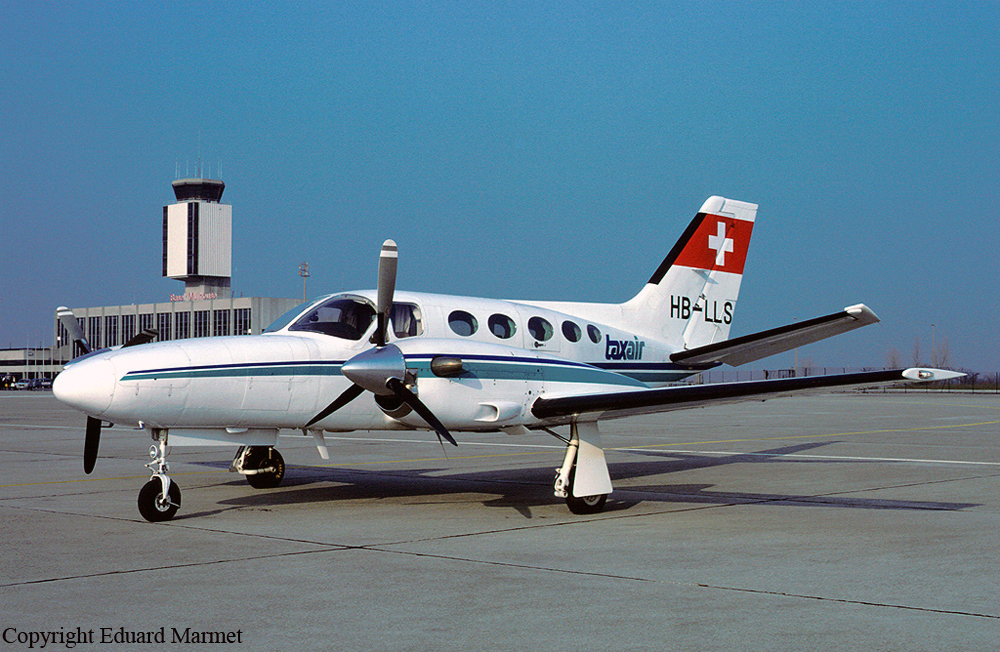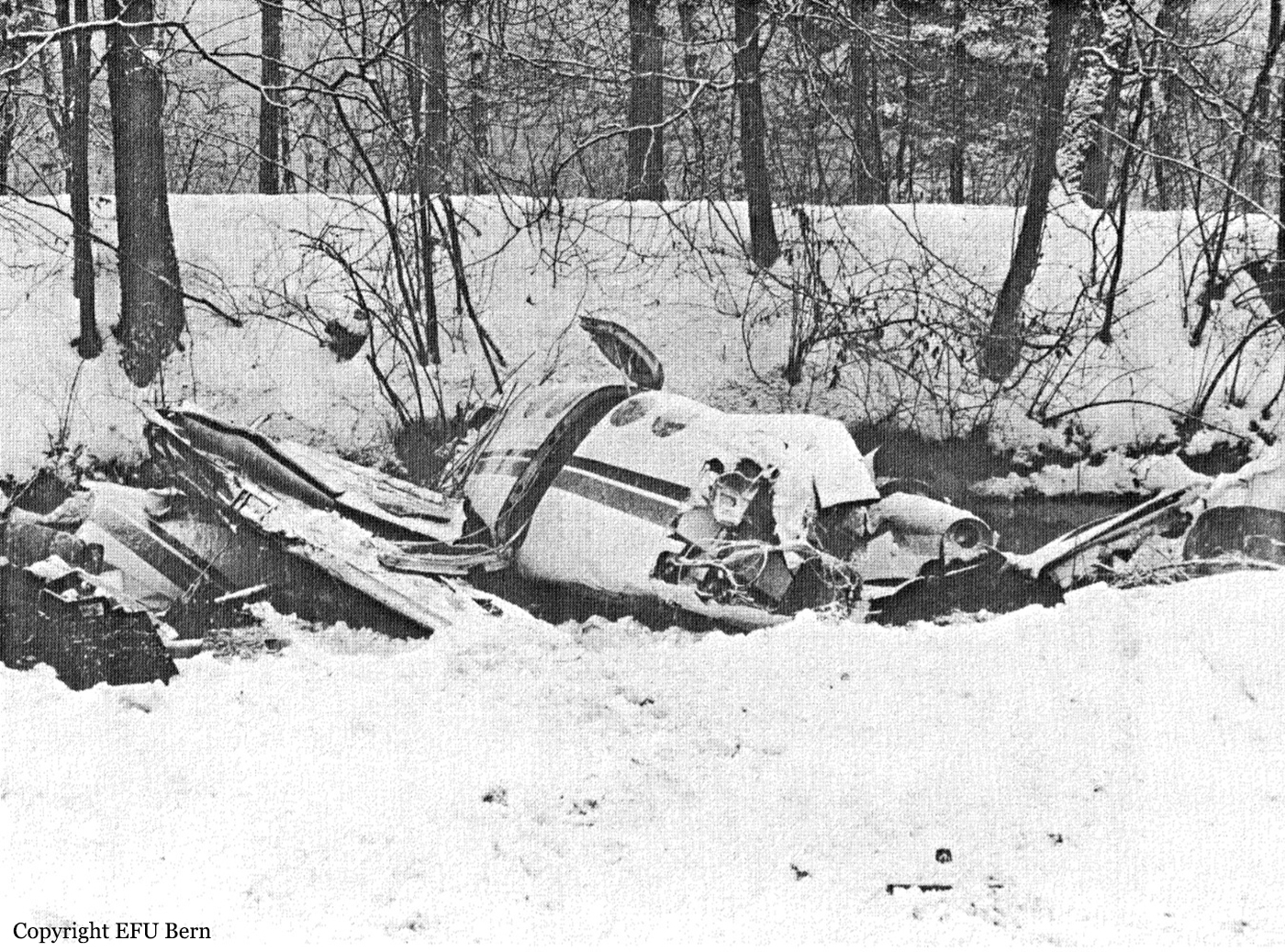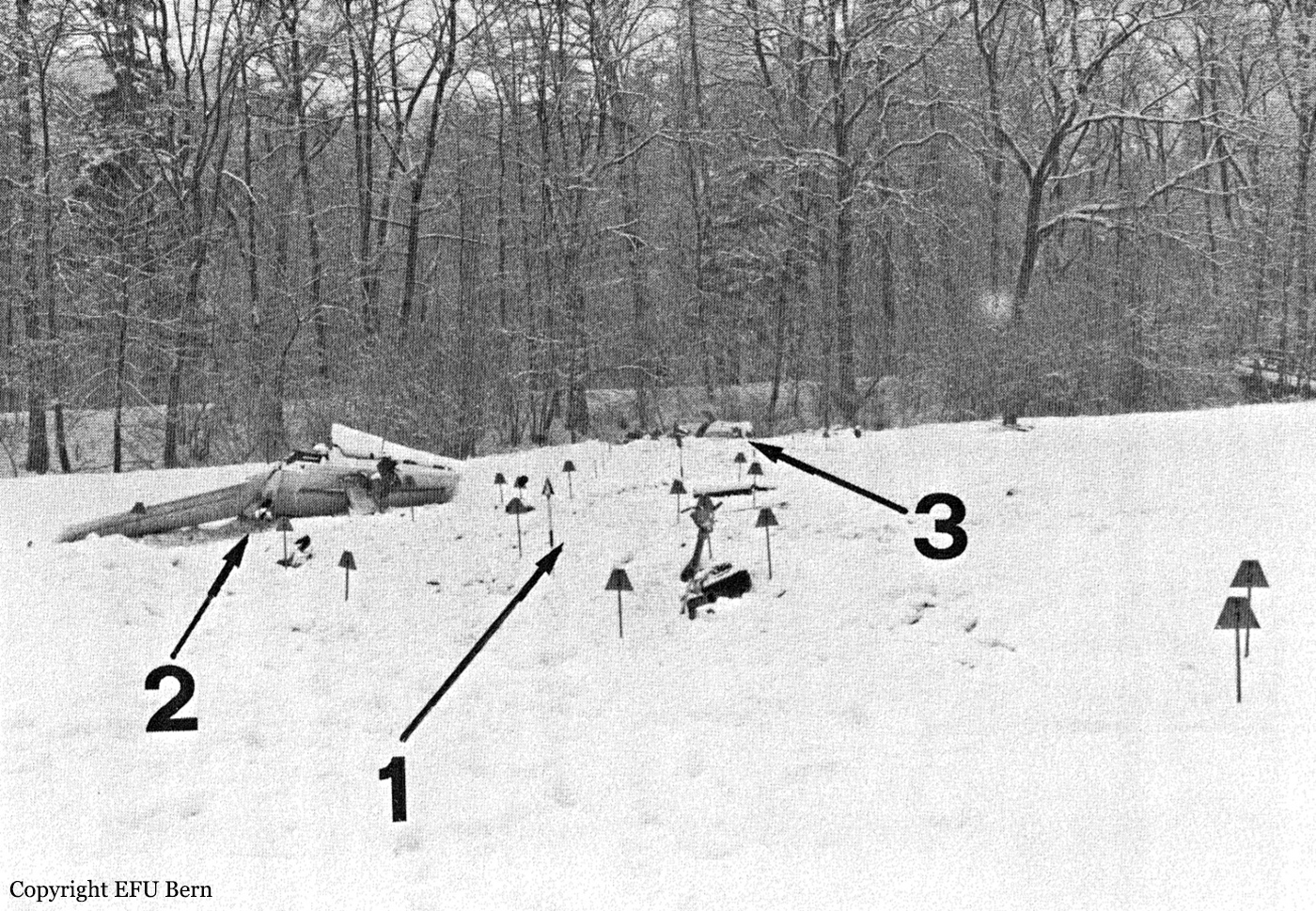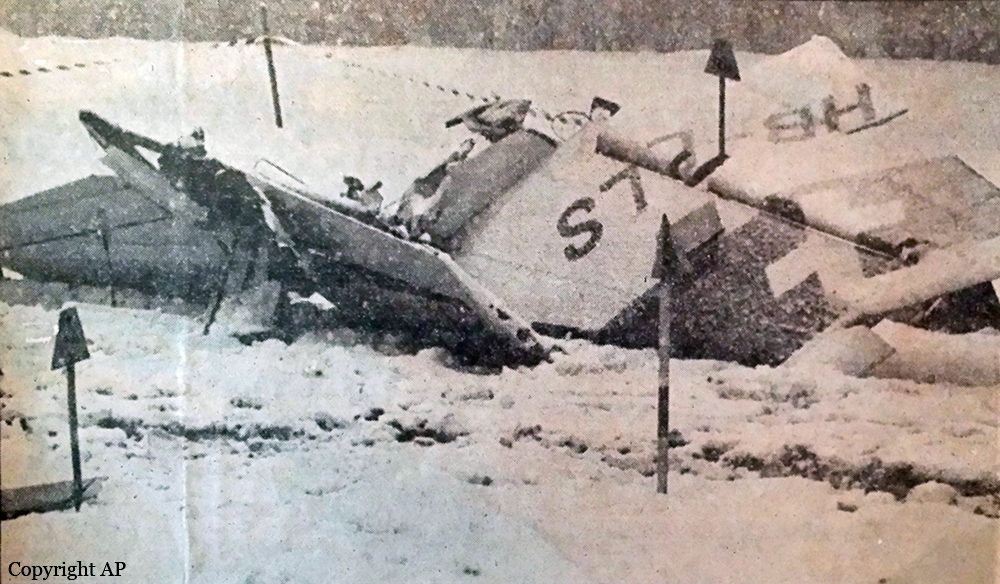Crash of a Cessna 425 Conquest in Sanford: 1 killed
Date & Time:
Feb 11, 1988 at 2212 LT
Registration:
N6771Y
Survivors:
Yes
Schedule:
Atlanta - Sanford
MSN:
425-0019
YOM:
1981
Crew on board:
1
Crew fatalities:
Pax on board:
1
Pax fatalities:
Other fatalities:
Total fatalities:
1
Aircraft flight hours:
2269
Circumstances:
The flight was cleared for a night ILS approach and advised that tower at destination had closed. Tower had reported at closing that fog was forming and the flight was advised of the fog. The aircraft was located on a remote part of the airport the next morning. The ELT had activated but the signal was weak due to crash damage. Passenger said they never saw runway lights, only taxi lights, and that pilot attempted to perform a go-around. Gear was retracted and aircraft hit level grassy area in a near level attitude. The pilot was not wearing a shoulder harness. The pax crouched in the aisle next to the pilot, helping him find the runway, not wearing restraining belts. No published approach plate for ILS procedure for that runway was found in aircraft. Toxicological report revealed pilot had 3 mcg/ml dextromethorphan, an ingredient found in over counter cold remedies. According to report, levels of that substance in blood greater than 0.1 mcg/ml was sufficient to cause drowsiness.
Probable cause:
Occurrence #1: in flight collision with terrain/water
Phase of operation: missed approach (ifr)
Findings
1. (f) weather condition - fog
2. (c) decision height - disregarded - pilot in command
3. (f) light condition - night
4. Meteorological services - not operating
5. (c) missed approach - improper - pilot in command
6. Control tower - not operating
7. (c) gear retraction - premature - pilot in command
8. (c) in-flight planning/decision - poor - pilot in command
9. (f) impairment (drugs) - pilot in command
10. Shoulder harness - not used - pilot in command
Phase of operation: missed approach (ifr)
Findings
1. (f) weather condition - fog
2. (c) decision height - disregarded - pilot in command
3. (f) light condition - night
4. Meteorological services - not operating
5. (c) missed approach - improper - pilot in command
6. Control tower - not operating
7. (c) gear retraction - premature - pilot in command
8. (c) in-flight planning/decision - poor - pilot in command
9. (f) impairment (drugs) - pilot in command
10. Shoulder harness - not used - pilot in command
Final Report:






